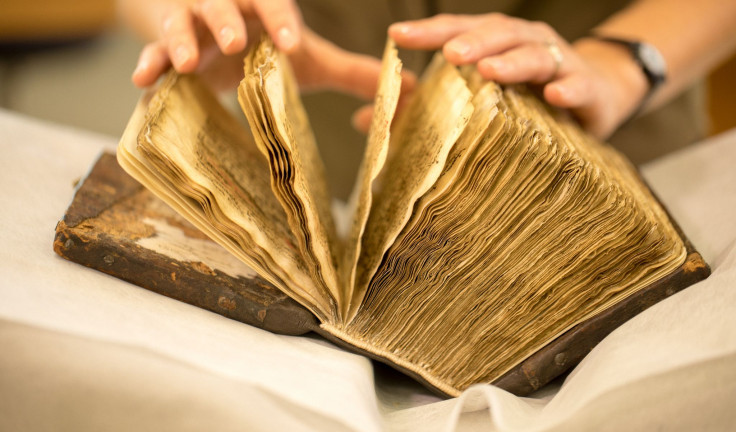Centuries-Old Manuscript Could Reveal History Of Ancient Roman Treatments

Scientists have started deciphering the hidden text of an ancient Roman manuscript, something that could uncover the history of medical treatments that prevailed several hundred years ago.
The medical text, dubbed “On the Mixtures and Powers of Simple Drugs," became popular as the work of Galen of Pergamon, aka Galen, an influential physician who treated Roman gladiators and kings.
He prepared the manuscript to share his knowledge and skills with fellow doctors. However, during the 6th century, the text was translated into Syriac, a language that served as a bridge between ancient Greek and Arabic and allowed the western medicine to move into the ancient Islamic world.
That said, despite Galen’s phenomenal success in the field, his work faded away very soon. Essentially, it became a palimpsest when the original text was wiped away to write hymns with a very similar ink, sometime in the 11th century.
For more than a thousand years, nobody was able to read or understand the original text of the ancient leather-bound book, but now, an international team of researchers is finally beginning to piece together the writing, thanks to novel imaging and X-Ray scanning technologies.
The work, currently being conducted at the Department of Energy's SLAC National Accelerator Laboratory, has not only revealed original words of the hidden text but also helped researchers figure out the way of writing. The researched found that the original text ran perpendicular to the one written over it, which revealed a whole lot more information than they thought and finally helping to see the writing clearly.
"Our hope was that there would be enough traces of ink there so that we would be able to decipher even a word or two," Uwe Bergmann, who led the Stanford X-ray imaging project, said in a statement. "The distinct writing that we can now see marks a tremendous success."
The group has been working on this project for more than a decade. According to them, each leaf of the book reveals something or other about the skills the ancient Roman doctors possessed and the state of medical knowledge.
"This is a huge chunk of history, and we hope this text will help us understand how they managed and treated disease historically in that part of the world," Peter E. Pormann, professor of classics and Graeco-Arabic studies at the University of Manchester, said in a statement.
Though a few leaves from the manuscript have ended up in different parts of the world, including libraries in the U.S., Africa, Europe and France, the team is working to unite, scan, and recreate them all. Once the process is complete, the digital imagery of the leaves will be added to an online database for public access.
© Copyright IBTimes 2024. All rights reserved.



















